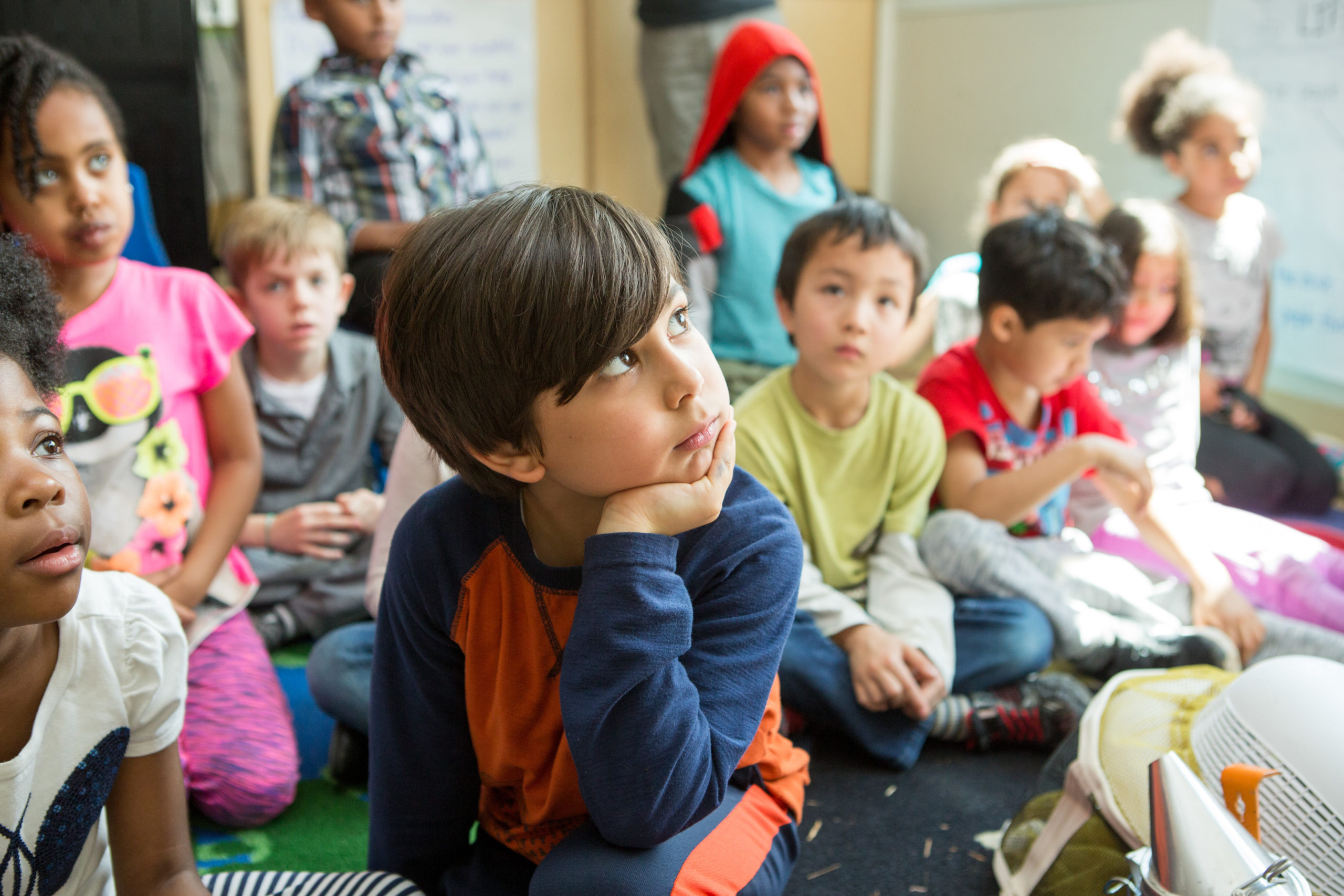
“Laura Howard, community schools coordinator in Batesville, AR, has a message for communities throughout her state that want to improve student engagement and learning: The community schools strategy works.
‘Community schools enable school districts to work in partnership with surrounding community organizations to ensure that students receive all that is vital to their success,” Howard said. “They represent an intentional effort to increase students’ and families’ access to many different types of support. Even if a school district is already providing extended learning opportunities and other student supports, the community schools approach provides a framework to build on those areas where the district is light and where students would benefit from access to additional resources.’
In 2020, with grant and technical support from The NEA Foundation, the Batesville community embraced the community schools strategy and tailored it to the community’s specific needs. The goal of the strategy is to increase support and opportunities available to all students in this city of approximately 10,0000 people, located 80 miles north of Little Rock. Sixty percent of students in the Batesville School District are eligible to participate in the federal free and reduced-price meal program, and 17% of the students are English language learners. The ethnic and racial makeup of the student population is 62.6% white, 26.5% Hispanic/Latino, 5.7% Black/African American, 1.1% Asian, 0.5% Native American, 0.5% Hawaiian/Pacific Islander, and 3.4% two or more races.
Among rural communities like Batesville, as well as in urban areas nationally, community schools have been proven to represent a powerful strategy for achieving the goal of educational equity. Research indicates that community schools often show improvements in student attendance and behavior, academic outcomes, and college matriculation rates — particularly in places where access to resources historically has been inequitable and where students’ prior success rates pointed to the need for significantly increased support.
Using schools as hubs, community schools bring together educators, families, policymakers, and community partners to increase students,’ families’ and even entire communities’ access to coordinated academic, health and wellness, developmental, cultural, and other resources and opportunities. The impact of community schools has been especially visible during the pandemic. Given their often-extensive partnerships, community schools were able to quickly mobilize and continue educational and other support services for families and neighborhoods hit hardest.
Last year, Arkansas passed legislation recognizing community schools as an evidence-based approach for school improvement. Howard says this has had the effect of building awareness and an understanding of the community schools strategy across the state.
It is important to note that the bill does not require any school or district to implement the community schools approach; nor does it change school governance or structure. Rather, it affirms that community schools create new learning and developmental opportunities for students, and they remove barriers to learning through what commonly are referred to as the schools’ “four pillars of support” for students, schools, and communities.”
Read the full story here.